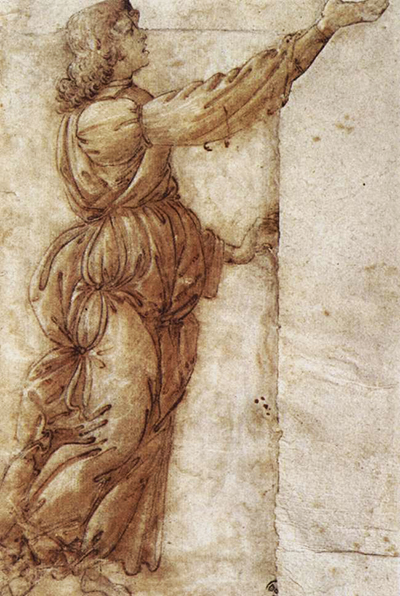 Buy Art Prints Now
Buy Art Prints Nowfrom Amazon
* As an Amazon Associate, and partner with Google Adsense and Ezoic, I earn from qualifying purchases.
This sketch was produced circa 1490 in chalk, with traces of pen, washed and heightened with white details
Many of the artist's drawings would beautifully capture the swathes of material that adorned these portrait figures. His main focus will be on providing detail around the facial features too, as well as elements of shading around the body.
Similar examples to this Angel drawing are Allegory of Abundance and Pallas. This particular artwork is currently owned by the world famous Galleria degli Uffizi in Florence amongst an extensive collection of original Botticelli drawings. The largest collections, however, can be found in the Vatican Library and the Kupferstichkabinett Berlin (Museum of Prints and Drawings) which itself completed a major purchase in 1882.
Botticelli placed a huge importance on the accuracy of his anatomical work, frequently practicing both the precise drawing skills of different items of the body as well as experimenting with different poses and positions within a composition, sometimes in preparation for a later freco, but not always.
The great masters of the Renaissance would all compete to become the finest draughtsman, and the artistic qualities found during this period have never truly been matched since. Leonardo da Vinci's inventions and Raphael's figurative sketches were the two greatest highlights from this medium within the various stages of the Italian Renaissance. The movement would then spread to the rest of Europe where Albrecht Durer drawings would spearhead this collection of equally talented artists.



